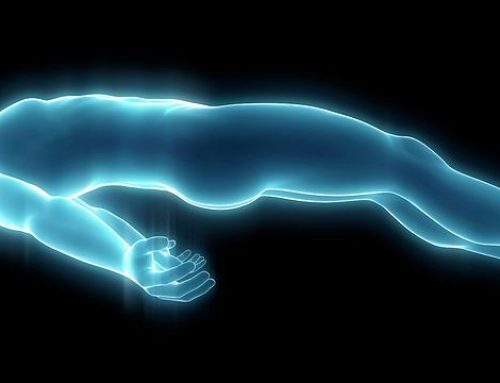In a layman’s understanding, there is a thin line that differentiates osteopathy, chiropractic, and physiotherapy. Let’s assume you have knee pain or a back injury. Which of these three practitioners will you visit for a checkup? You will choose either of the three, thinking that these allied health practitioners practice in the same field, that is, prescribing drug-free, non-invasive treatments for the physical well-being of a person.
However, when you take a closer look, these three medical fields are in fact, very different. We look at each of the professions in detail to understand the difference.
Osteopathy
Osteopaths deal with the relationship between the anatomy and its functions, with the surmise that poor posture and anatomical injuries lead to poor health and compromises the anatomical structure. The Osteopaths “focus on how the skeleton, joints, muscles, nerves, circulation, connective tissue, and internal organs function as a holistic unit”, says Osteopathy Australia.
Visiting an Osteopath involves sharing medical history and other facts which may not be directly related to the current ailment. They follow non-invasive manual techniques, neurological testing, massage, soft tissue manipulation, muscle stretching, and spinal adjustment for treatment.
Dietary modifications and exercises are often recommended to change present lifestyle. The effectiveness of the holistic research is largely unverifiable due to the lack of high-quality investigative research.
Evidence of benefits is modest. Patients with neck pain, back pain, headaches, sciatica, strain injuries, and sports-related injuries consult an osteopath. Their consultation fees begin around $100 for a session. Once they finish the five-year study course, they register with the Australian Health Practitioner Registration Agency to begin practice.
Chiropractic
The Chiropractic field deals with disorders of the musculoskeletal system such as the muscles, ligaments, joints, pelvis and the spine section to diagnose, correct, and prevent disorders. Usually, its association lies with neck and spinal manipulations with a healthy combination of physical therapies and hands-on care.
The benefits of chiropractic treatment are not well substantiated by research works. There is some positive evidence of its benefits on lower back pain though. In the last few years, chiropractic has come under fire for pursuing and promoting unsubstantiated therapies without conclusive scientific testing. Without adequate evidence, various chiropractors claimed to treat conditions like ADHD, bed-wetting, infantile colic, autistic spectrum, high blood pressure, ear infections, and period pain. Critics find these claims misleading.
In 2016, the profession received negative press for anti-vaccination views, leading The Royal Australian College of General Practitioners discouraging referrals to chiropractors. An initial consultation cost around $100. The Chiropractic Board of Australia regulates the practitioners, and the Board is a part of the Australian Health Practitioner Registration Agency.
Physiotherapy
The essence of Physiotherapy lies in rehabilitating the person’s ability to function normally. It involves diagnosis and working towards regaining mobility. They hold expertise in human physiology and anatomy to treat people for their health conditions. The treatment involves a combination of movement training, manual therapy, and physical/electro-physical agents.
The physiotherapists are known to deal with sports injuries largely, but they also treat people recovering from a stroke, spinal cord damage, Parkinson’s disease, cystic fibrosis, arthritis, premature babies, brain damage cases and osteoporosis.
The Australian Physiotherapy Association defines a physiotherapist as a person who “helps repair damage, reduce stiffness and pain, increase mobility and improve the quality of life”. Tonnes of evidence exist to prove the effectiveness of physiotherapy.
The fee for physiotherapist counseling is usually free in a public hospital, but you can encounter a long waiting list spanning months. A private consultation sessions costs around $80. The practitioners have a Bachelor degree, followed by a Master’s degree or a Doctorate. The Australian Health Practitioner Registration Agency maintains a roster of all the certified physiotherapists.
Endnote
Your choice between osteopathy, chiropractic, and physiotherapy depends on the physical ailments experienced and choosing the right medical stream to consult. If you want an evidence-based approach, visiting a physiotherapist will be the right choice.







Leave A Comment